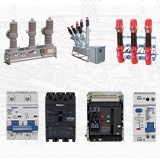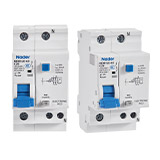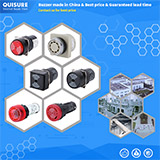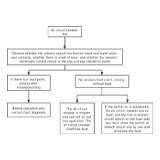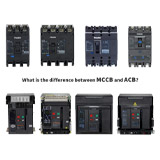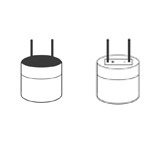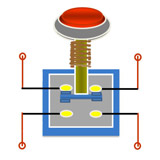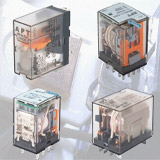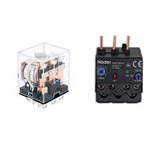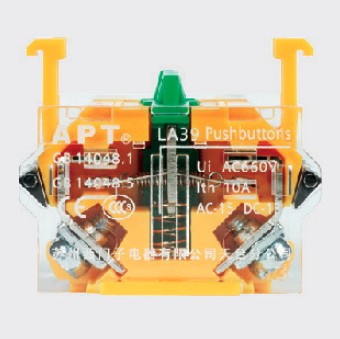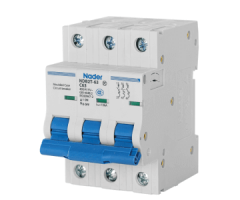In addition to comprehensive parameter testing and effective screening of the relay, the reasonable use of the relay is also an effective method to improve the reliability of the relay. On the contrary, improper use will shorten the life of the relay, so how to use the relay reasonably is very important.
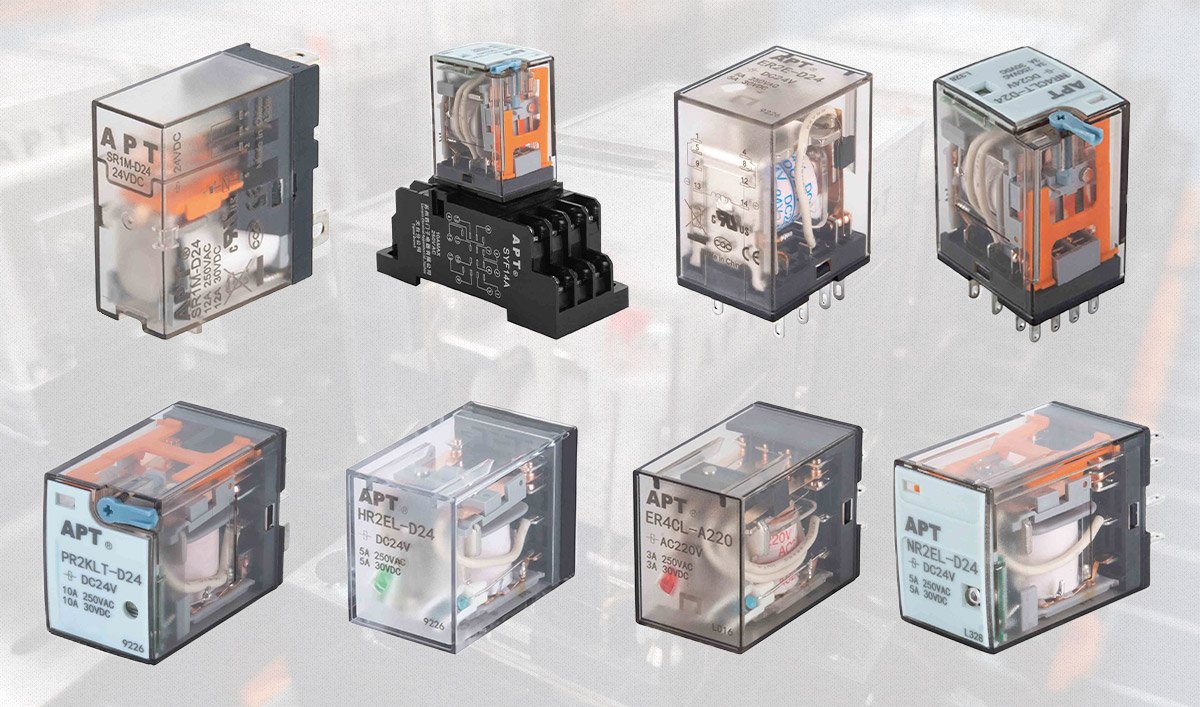
Reasonably choose the working voltage of the relay
The pull-in voltage of the relay is generally only one-half to two-thirds of its rated working voltage, but when using the relay, it must work under its rated working voltage, and its pull-in voltage cannot be used as the working voltage. This is because under the condition of the pull-in voltage, although the relay has been activated, the pressure between its contacts has not yet reached the specified value, which will cause the contact resistance between the contacts to be too large. If the contacts work under high current conditions , It will increase the contact power, easily cause contact ablation and shorten the working life.
No current switching is adopted
Although the allowable contact power is given in the technical indicators of the relay, and the corresponding electrical life is also given, allowing the contacts of the relay to be switched with electricity, but it should be avoided as much as possible to switch the contacts with electricity. The use of no current switching will greatly improve The service life of the relay.
Avoid using relays at low levels
Since the relay has a low-level failure failure mode, the relay contacts should be avoided to work under low-level, low-current. And solid-state relays and analog electronic switches can be selected instead of relays when possible. When the relay must be used to switch low level and low current, the reed relay can be used, because the contact is sealed in the glass tube, and the winding is outside the glass tube. Compared with ordinary relays in which the contacts and windings are sealed in the same housing, reed relays will significantly reduce the possibility of low-level failure due to passivation film on the contacts.
The spark extinguishing circuit of the relay
The winding of the relay is an inductance, and there is an armature in the winding. Therefore, the magnetic energy is stored after the winding is energized. When the winding is de-energized, the release of magnetic energy will generate a high back-EMF (sometimes as high as hundreds of volts). On the one hand, the generated back-EMF is likely to break down the devices (such as transistors, integrated circuits) driving the relay, and on the other hand, it will cause spike interference and interfere with the normal operation of the whole machine and other circuits in the system. The simplest solution to this problem is to connect a reverse peak diode (also called a freewheeling diode) in parallel on the winding of the relay. However, it should be noted that the addition of anti-reflective peak diodes will significantly extend the release time of the relay.
Parallel use of relay contacts
When a relay is needed to switch a larger current, try to choose a relay with a large contact current instead of using the method of contact parallel (whether it is a relay with multiple sets of contacts or multiple relays in parallel). Because it is difficult to ensure the same contact resistance of each group of contacts of the relay, it is prone to uneven current distribution in parallel use. In addition, it is difficult to ensure consistency in the time of the contact action, so that the transient current of a certain group of contacts is likely to be excessive at the moment of switching.
